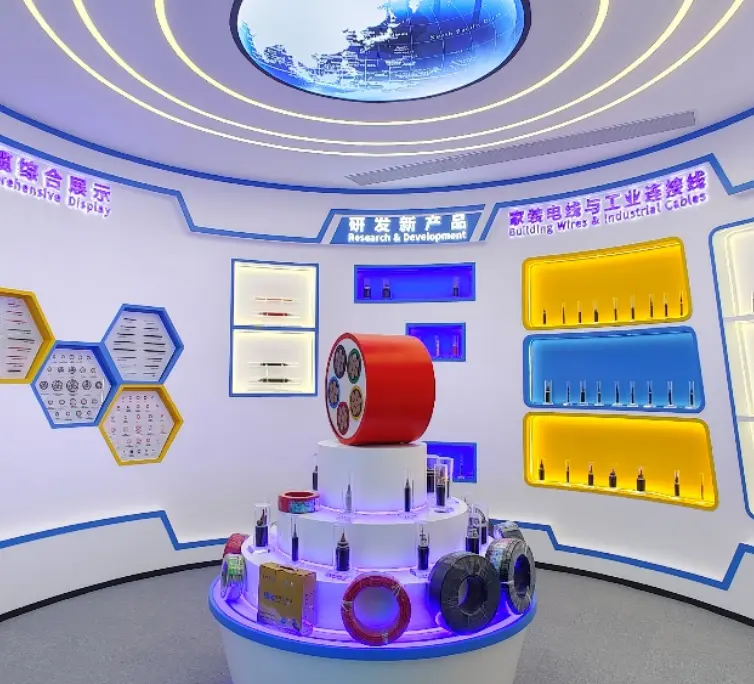Automotive Evolution: Halogen-free Wire in Advanced Vehicle Wiring Systems
The automotive industry is constantly evolving, with technological advancements shaping the way vehicles are designed, manufactured, and driven. One crucial aspect of this evolution is the integration of advanced vehicle wiring systems. Among the various components that make up these wiring systems, the choice of wiring itself holds great significance. Increasingly, automotive manufacturers are opting for halogen free wire due to its numerous advantages over traditional wire. In this blog, we will explore the vital role of halogen free wire in advanced vehicle wiring systems, its benefits, key considerations for implementation, and the future trends driving its adoption.
Understanding the Importance of Halogen Free Wire for Advanced Vehicles
Halogen free wire refers to wire insulation that does not contain halogen-based compounds such as chlorine, bromine, fluorine, or iodine. While traditional wire insulation may contain halogens, the use of halogen free wire is gaining popularity due to its superior fire safety properties. In the event of a fire, halogen free wire emits less smoke and toxic gases compared to its halogenated counterparts. This makes it a safer and more environmentally-conscious choice for automotive applications.
Benefits of Halogen Free Wire in Automotive Wiring Systems
Enhanced Fire Safety: Halogen free wire significantly reduces the risk of fire-related mishaps in vehicles. Its flame-retardant properties minimize the spread and intensity of flames, contributing to passenger safety.
Reduced Toxicity: In emergency situations such as a vehicle fire, the release of toxic gases from halogenated wire can pose serious health hazards. With halogen free wire, the release of toxic gases is significantly minimized, ensuring occupants' well-being.
Environmental Sustainability: By eliminating halogens from wire insulation, automakers can actively contribute to reducing the environmental impact of their vehicles. Halogen free wire is easier to recycle and dispose of, supporting a more sustainable automotive industry.
Key Considerations for Implementing Halogen Free Wire in Automotive Manufacturing
While the advantages of halogen free wire are clear, its implementation requires thorough consideration during the manufacturing process. Factors to take into account include:
Compatibility with Existing Systems: Switching to halogen free wire may require adjustments to existing vehicles or manufacturing processes. Automakers need to ensure seamless integration and compatibility across the entire electrical system.
Cost-Effectiveness: Though the initial investment in halogen free wire may be higher, its long-term benefits in terms of safety, environmental sustainability, and regulatory compliance outweigh the costs.
Future Trends: Adopting halogen free Wire as the Standard in Automotive Wiring Systems
As the automotive industry looks towards the future, the adoption of halogen free wire is poised to become the industry standard. Regulations are becoming increasingly stringent regarding vehicle safety and environmental impact, further propelling the implementation of halogen free wire in advanced vehicle wiring systems. Automakers must stay ahead of the curve by incorporating halogen free wire into their designs and manufacturing processes.
In conclusion, the evolution of automotive technology has prompted a growing need for advanced vehicle wiring systems, with halogen free wire emerging as a crucial component. Its enhanced fire safety, reduced toxicity, and environmental sustainability make it a desirable choice for automakers. While implementation requires careful considerations, the future of automotive wiring systems undoubtedly lies in the adoption of halogen free wire. By embracing this technology, the automotive industry can pave the way for safer, greener, and more advanced vehicles.
Latest News & Blog
 English
English  français
français  Deutsch
Deutsch  العربية
العربية  tiếng việt
tiếng việt  ไทย
ไทย  čeština
čeština  Indonesia
Indonesia  Eesti
Eesti  български
български  slovenčina
slovenčina 



